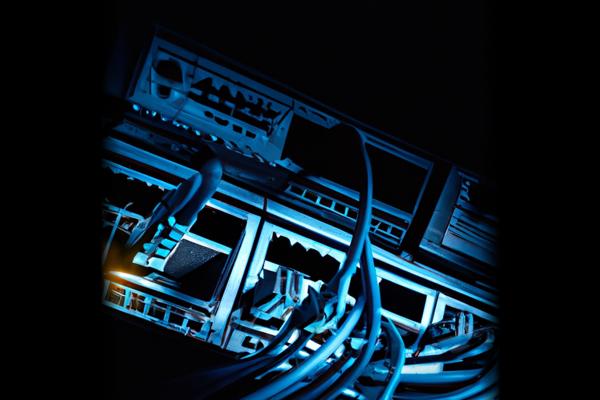Introduction
The vulnerability of email domains to spoofing poses a significant threat to cybersecurity, as it enables cybercriminals to conduct sophisticated phishing attacks. Despite the availability of protocols like DMARC (Domain-based Message Authentication, Reporting [2] [3] [4], and Conformance) to combat these threats, adoption remains insufficient, leaving many organizations exposed to potential risks.
Description
Over 90% of the world’s top email domains are susceptible to spoofing [1] [3] [4], allowing cybercriminals to execute advanced phishing attacks [1] [4]. Research indicates that only 7.7% of the top 1.8 million email domains have adopted the strictest DMARC policy [1] [4], known as ‘p=reject’ [1] [3], which effectively prevents malicious emails from reaching users’ inboxes [1]. DMARC (Domain-based Message Authentication [2], Reporting [2] [3] [4], and Conformance) is a crucial email validation protocol that verifies the authenticity of emails by ensuring that the sender’s domain has not been impersonated. This protocol enhances existing standards like SPF (Sender Policy Framework) and DKIM (DomainKeys Identified Mail), significantly reducing the risk of domain impersonation.
Countries with stringent DMARC policies [1], such as the US [1] [3] [4], UK [1] [3] [4], and Czech Republic [1] [3] [4], have reported substantial decreases in phishing emails. For instance [3], the US experienced a drop in accepted phishing emails from 68.8% in 2023 to just 14.2% in 2025 [1] [4]. In contrast, nations with less stringent or no DMARC guidance [1], like the Netherlands and Qatar [1] [3] [4], have shown minimal improvement in combating phishing attacks [1].
Despite a notable increase in DMARC adoption since 2023, driven by regulatory pressures and mandates from major email providers like Google [3] [4], Yahoo [4], and Microsoft [4], many domains still operate under a passive monitoring setting (‘p=none’) [3] [4], which does not block fraudulent emails [3] [4]. More than half of the analyzed domains lack a basic DMARC record [3] [4], and over 40% of those with DMARC policies do not include reporting mechanisms [3] [4], resulting in a significant lack of visibility regarding authentication failures.
The rise in phishing attacks exploiting weak email policies underscores the urgency for proper DMARC enforcement. For example, the North Korea-linked Kimsuky group has successfully impersonated legitimate sources by leveraging poorly configured DMARC protocols. Additionally, hackers have exploited vulnerabilities in email protection services, such as Proofpoint, to spoof well-known brands like Disney, Nike [3], and Coca-Cola [3]. These misconfigurations and passive DMARC policies leave organizations exposed to sophisticated phishing attacks [3], highlighting the critical need for robust email authentication practices. By ensuring proper DMARC implementation, organizations can foster trust among recipients, enhance brand credibility [2], and protect their identities from being associated with spam or deceitful practices, ultimately mitigating the impact of fraudulent communications [2].
Conclusion
The persistent threat of phishing attacks due to inadequate email domain protection necessitates urgent action to enforce robust DMARC policies. Organizations must prioritize the implementation of stringent DMARC settings to safeguard their communications and maintain trust with their audience. As cyber threats continue to evolve, the adoption of comprehensive email authentication measures will be crucial in mitigating risks and protecting organizational integrity.
References
[1] https://ciso2ciso.com/infosec2025-over-90-of-top-email-domains-vulnerable-to-spoofing-attacks-source-www-infosecurity-magazine-com/
[2] https://technofaq.org/posts/2025/05/no-more-phishing-scams-try-this-free-dmarc-generator-today/
[3] https://osintcorp.net/over-90-of-top-email-domains-vulnerable-to-spoofing-attacks/
[4] https://www.infosecurity-magazine.com/news/infosec2025-email-domains-spoofing/





